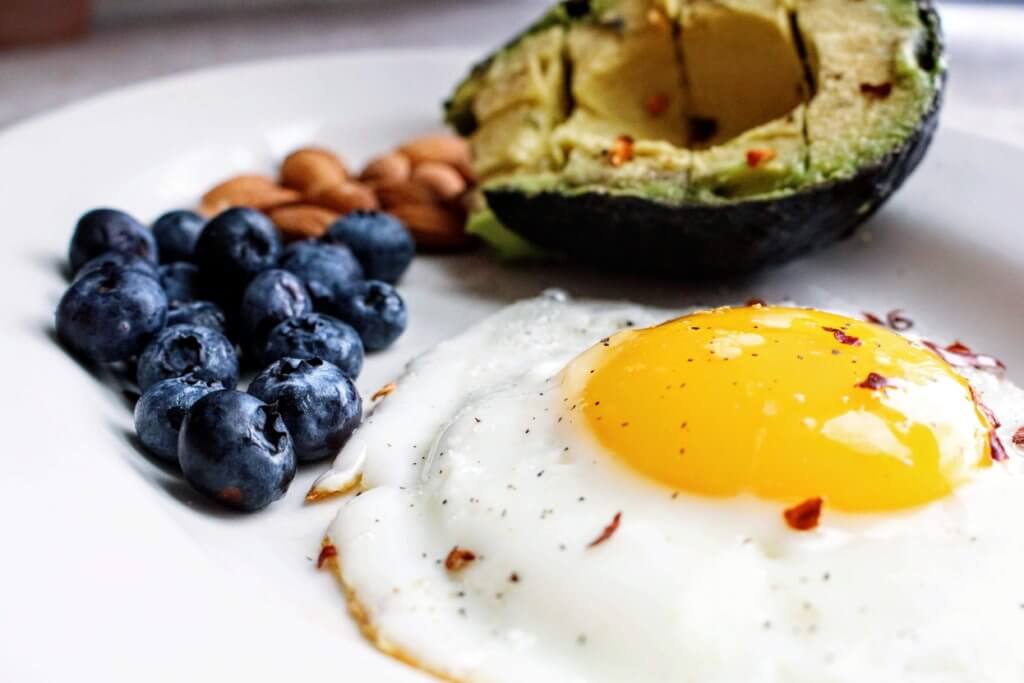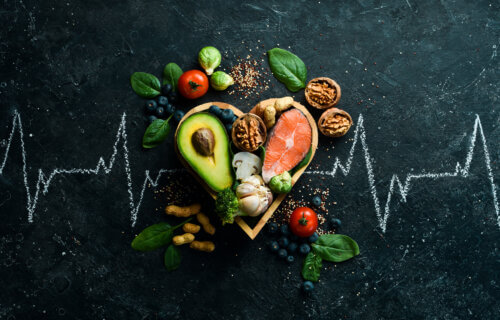First, it was spinach, then it was blueberries, and then salmon. There have been other foods that had their share of the “superfood” spotlight along the way, too. All of those foods (and many more) are highly nutritious in their own ways, but does that really make any of them “super”?
Where did the term ‘superfood’ come from?
Unsurprisingly, this term, often used to push specific diets in wellness spaces, did not come from anything scientifically formal. During World War I, the United States started to import lots of bananas. The United Fruit Company started aggressively pushing their health benefits in light of this in order to advertise them. To this day, bananas are the most popular fruit in the United States.
Bananas contain potassium, vitamin B6, fiber, and other nutrients, so the fact that they remain a staple in American homes is a good thing. At the same time, the origin of their popularity and the rise of the word “superfood” goes to show that it all happened for marketing reasons more so than health and nutrition reasons.

Today’s superfood trend
Of course, the food industry has found several ways to make the idea of superfoods into something profitable. Nowadays, many consumers are looking for “functional” foods that will reduce their risk of chronic disease as much as possible. As such, this influences what people are willing to buy. If they see healthy food being marketed as the magical food that could improve their well-being, they will probably run and buy it. Some of the highest-performing superfoods over the years are:
The problem with calling everything ‘superfoods’
Food is not magic. No one food will not cure every ailment, and nutrition is not the only aspect of preventing or treating chronic disease. Additionally, creating a separate “super” category with already healthy foods is next to pointless. Blueberries are filled with potent antioxidants and fiber, but so are pomegranates, grapes, apples, and dark leafy greens. However, none of these foods are high in protein.
Beef liver is rich in folate, but so are kale greens and Brussels sprouts. Unlike vegetables, beef liver is not as rich in vitamin C. No one food, regardless of its “superfood” label, will provide you with everything you need for peak health. This is why a varied diet to cover all of your bases is important.
From the list above, you’ll see just a few foods that have had their time to shine in the “superfood” light before being replaced by the next one. Given that eating fads come and go, it goes to show that there are flaws with this way of thinking. Most average consumers fall victim to marketers trying to sell the next product containing the “superfood” of the month because they don’t understand the science behind nutrition. It takes advantage of people wanting to prevent disease and take health into their own ways.

Bottom Line
The concept of “superfoods” started out as a marketing tactic and remains that way to this day. No single food provides you with significant amounts of every nutrient you need, no matter how nutrient-dense and healthy it actually is. Eating a varied diet should always be the primary nutrition focus for disease prevention and management.
You might also be interested in:
- Most Nutritious Vegetables: Top 5 Healthy Options Most Recommended By Experts
- Most Nutritious Berries: Top 5 Superfoods Most Recommended By Experts
- Best Foods To Start Your Day: Top 4 Energy-Boosting Menu Items

